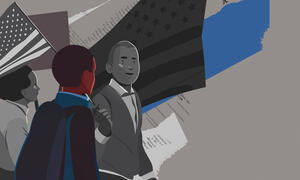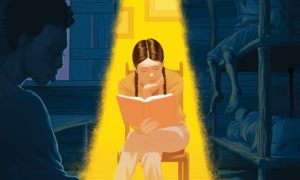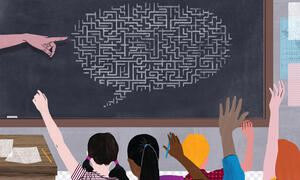author
2,242 Results
article
lesson
STEM by the Numbers
In this lesson, students use data to analyze the participation of white, black, Asian and Hispanic men and women in STEM careers as compared with their participation in the general workforce. They then discuss the possible reasons identity groups are unequally represented in STEM careers.
April 19, 2016
text
Informational
Freedom School Data
This 1964 report was issued by the Council of Federated Organizations in the midst of Freedom Summer to describe their Freedom Schools project. It demonstrates the breadth of the project and the enthusiasm about its potential.
July 6, 2022
article
Teaching the Past to Improve the Future

Despite a range of opposition, educators are committed to teaching honest history in their classrooms—and students are eager to learn.
article
professional development
Six Lessons from Jena
Six lessons to take from the 2006 "Jena Six" incident.
March 2, 2010
article
Segregation Is Still Part of Our Classroom
Through Big Brothers, Big Sisters, I’ve been working with a little girl from the neighborhood where I used to teach. I think very highly of this group and have only had good experiences with them. However, at a recent area-wide picnic, I noticed something disturbing. Most (not all, but the vast majority) of the children being mentored were African American or Latino. Most of the adult mentors were white or Asian. Again, this was not without exception, but was apparent.
article
Healing Touch
Susie King Taylor's illegal education as an enslaved child turned her into a teenage teacher and nurse during the Civil War.
article
Dear Young Person, You Are Valued

Activists Nikole Parker and Brandon Wolf from Equality Florida emphasize the need for each of us to advocate for safer schools where all young people are valued.

